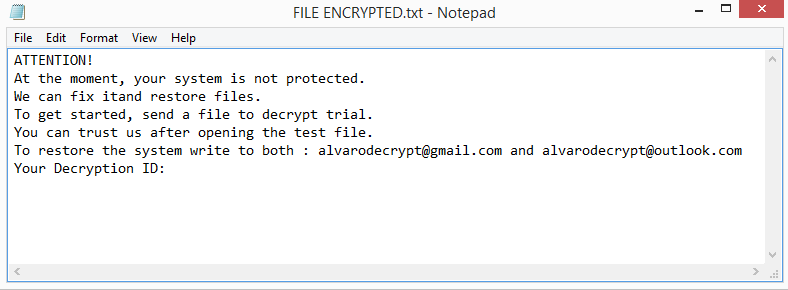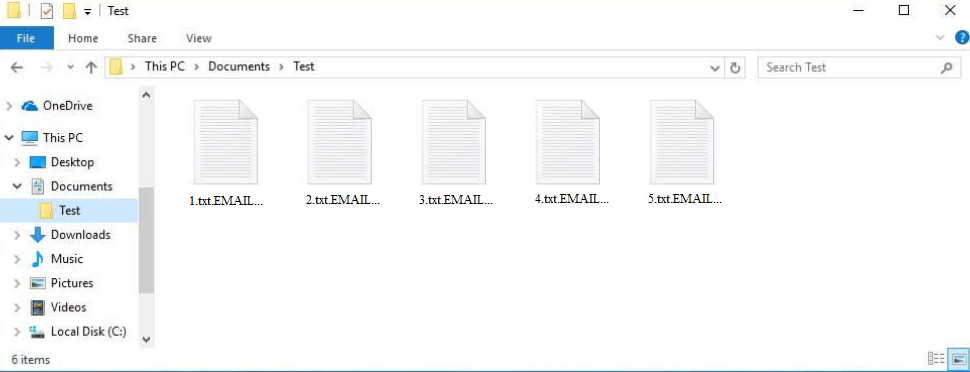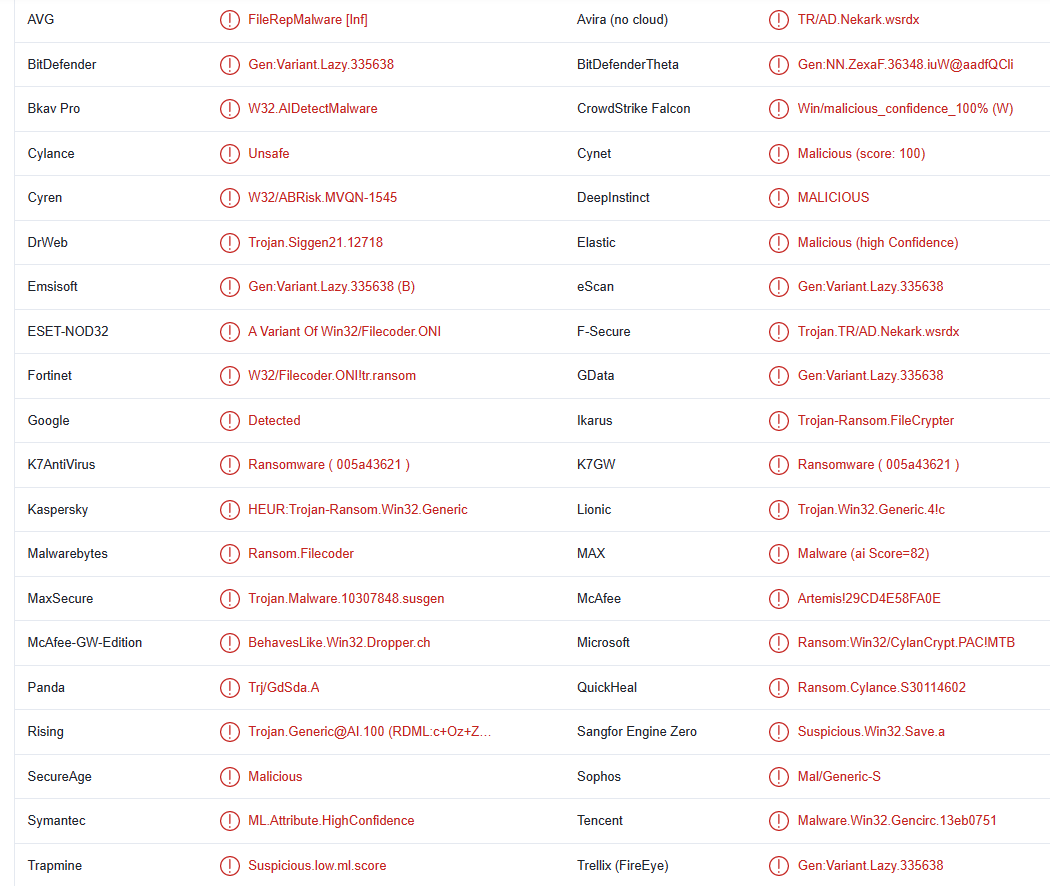Harward ransomware is a file-encrypting type of malware. Because it targets personal files and essentially takes them hostage, it’s classified as a very dangerous infection. This malware is recognizable by the extension it adds to encrypted files and that includes “.harward”. Users who have backups will be able to recover their files pretty easily as long as they are able to fully remove Harward ransomware beforehand. For users who do not have backups, file recovery may not be possible.
When ransomware is present, it’s immediately obvious because personal files will become unopenable. Encrypted files will have an extension, which makes them easy to identify. An encrypted text.txt file would become text.txt.jpg.EMAIL[alvarodecrypt@gmail.com]ID=[unique ID].harward. Each victim would have a unique ID, which would presumably be used to identify you if you decide to pay the ransom. Unfortunately, the ransomware will target files users hold most important, and that includes photos, videos, and documents.
When the ransomware is done with encrypting files, it will drop a FILE ENCRYPTED.txt ransom note. The note is quite short and does not contain much information. It briefly explains that if you send an email to either alvarodecrypt@gmail.com or alvarodecrypt@outlook.com and include your unique ID, you would be able to recover your files. The price for the decryption tool is not mentioned in the note but would be revealed if you send them the email. However, paying the ransom is generally not recommended.
Considering that you are dealing with cyber criminals, there are no guarantees that you will actually get the decryptor even if you pay the ransom. Many users pay but not all of them get their decryptors. And even if you do get it, it will not necessarily work.
Ransomware infections are one of the reasons why backing up files is so important. If you have a backup, you can access it as soon as you remove Harward ransomware from your computer. It’s strongly recommended to use a good anti-malware program to do that.
If you do not have a backup, we suggest you back up the encrypted files. In some cases, malware researchers are able to develop decryptors and release them for free. So if you’re out of options, back up the files, store them safely, and occasionally check NoMoreRansom for a free Harward ransomware decryptor.
Ransomware distribution method
Ransomware is distributed in various ways, usually via torrents and emails. Generally, users’ bad browsing habits are why their computers become infected. Developing better habits can significantly decrease the chances of a malware infection.
Users who pirate copyrighted content using torrents are much more likely to pick up malware infections. It’s no secret that the majority of torrent websites are very poorly regulated, and this allows malicious actors to upload torrents with malware in them. Most commonly, torrents for entertainment content have malware in them. That includes torrents for movies, TV series, and video games. Keep in mind that pirating copyrighted content is illegal, not to mention dangerous for your computer.
One of the most common ways malware spreads is via email attachments. Malicious actors often conceal malware-ridden emails as legitimate ones sent by reputable companies. For example, malicious actors may disguise their email as a parcel delivery notification. Users who do not pay attention or are simply not aware of what malicious emails look like may fall for it and open the email attachments. When the malicious attachments are opened, the malware can initiate.
There are certain signs that can give away malicious emails. The most obvious one is grammar and spelling mistakes. Whether it’s done purposely or not, malicious emails are usually full of grammar/spelling mistakes. You will never see mistakes in legitimate emails, certainly not in automatic ones, as they look very unprofessional.
You should also pay attention to how an email addresses you. If the sender is some company whose services you use, they will address you by name or rather by the name you have given them. Generic words like User, Member, Customer, etc., are usually a sign that the email is either spam or outright malicious.
In some cases, when attackers have access to personal information, they can use it to make malicious emails seem much more credible. Thus, it’s strongly recommended to always scan email attachments with anti-virus software or VirusTotal before opening them.
Harward ransomware removal
Because ransomware is a very complex infection, you should not attempt to delete Harward ransomware manually. Unless you know exactly what you’re doing, you may accidentally cause additional damage to your device. Therefore, you should use trustworthy anti-malware software. Unfortunately, even after the anti-malware is able to remove Harward ransomware, your files will remain encrypted. The only way to decrypt them is to use a special decryptor.
If you have a backup, you can easily recover files. However, you need to make sure to first fully delete Harward ransomware from your computer. If your computer is still infected when you connect to your backup, those backed-up files would become encrypted as well.
Harward ransomware is detected as:
- FileRepMalware [Inf] by AVG/Avast
- Gen:Variant.Lazy.335638 by BitDefender
- A Variant Of Win32/Filecoder.ONI by ESET
- HEUR:Trojan-Ransom.Win32.Generic by Kaspersky
- Ransom.Filecoder by Malwarebytes
- Ransom_CylanCrypt.R002C0DGR23 by TrendMicro
- Ransom:Win32/CylanCrypt.PAC!MTB by Microsoft
Offers
Download Removal Toolto scan for Harward ransomwareUse our recommended removal tool to scan for Harward ransomware. Trial version of provides detection of computer threats like Harward ransomware and assists in its removal for FREE. You can delete detected registry entries, files and processes yourself or purchase a full version.
More information about SpyWarrior and Uninstall Instructions. Please review SpyWarrior EULA and Privacy Policy. SpyWarrior scanner is free. If it detects a malware, purchase its full version to remove it.

WiperSoft Review Details WiperSoft (www.wipersoft.com) is a security tool that provides real-time security from potential threats. Nowadays, many users tend to download free software from the Intern ...
Download|more


Is MacKeeper a virus? MacKeeper is not a virus, nor is it a scam. While there are various opinions about the program on the Internet, a lot of the people who so notoriously hate the program have neve ...
Download|more


While the creators of MalwareBytes anti-malware have not been in this business for long time, they make up for it with their enthusiastic approach. Statistic from such websites like CNET shows that th ...
Download|more
Quick Menu
Step 1. Delete Harward ransomware using Safe Mode with Networking.
Remove Harward ransomware from Windows 7/Windows Vista/Windows XP
- Click on Start and select Shutdown.
- Choose Restart and click OK.

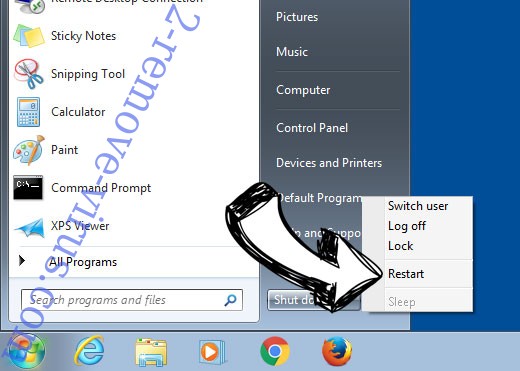
- Start tapping F8 when your PC starts loading.
- Under Advanced Boot Options, choose Safe Mode with Networking.

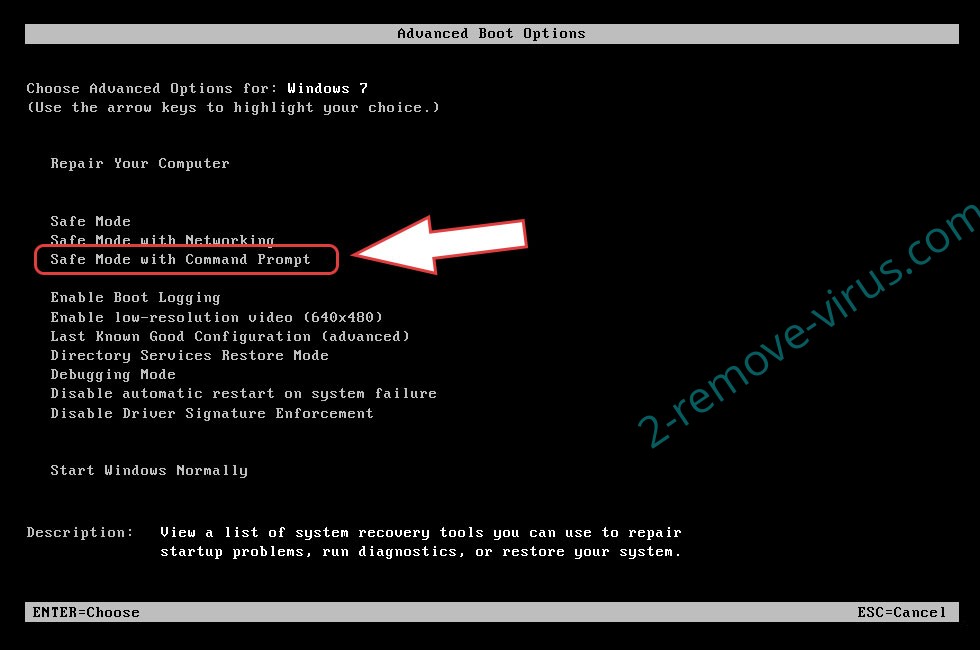
- Open your browser and download the anti-malware utility.
- Use the utility to remove Harward ransomware
Remove Harward ransomware from Windows 8/Windows 10
- On the Windows login screen, press the Power button.
- Tap and hold Shift and select Restart.

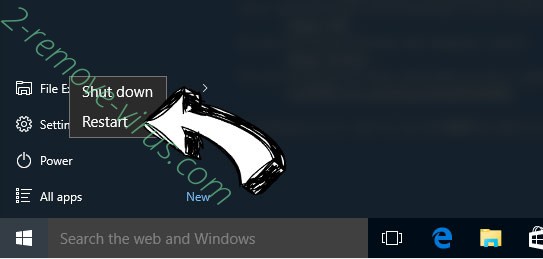
- Go to Troubleshoot → Advanced options → Start Settings.
- Choose Enable Safe Mode or Safe Mode with Networking under Startup Settings.

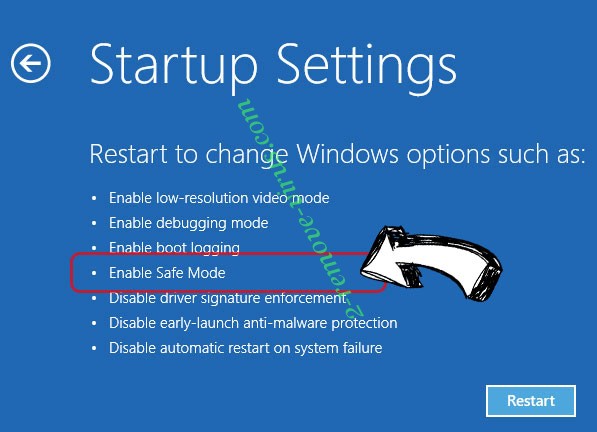
- Click Restart.
- Open your web browser and download the malware remover.
- Use the software to delete Harward ransomware
Step 2. Restore Your Files using System Restore
Delete Harward ransomware from Windows 7/Windows Vista/Windows XP
- Click Start and choose Shutdown.
- Select Restart and OK


- When your PC starts loading, press F8 repeatedly to open Advanced Boot Options
- Choose Command Prompt from the list.

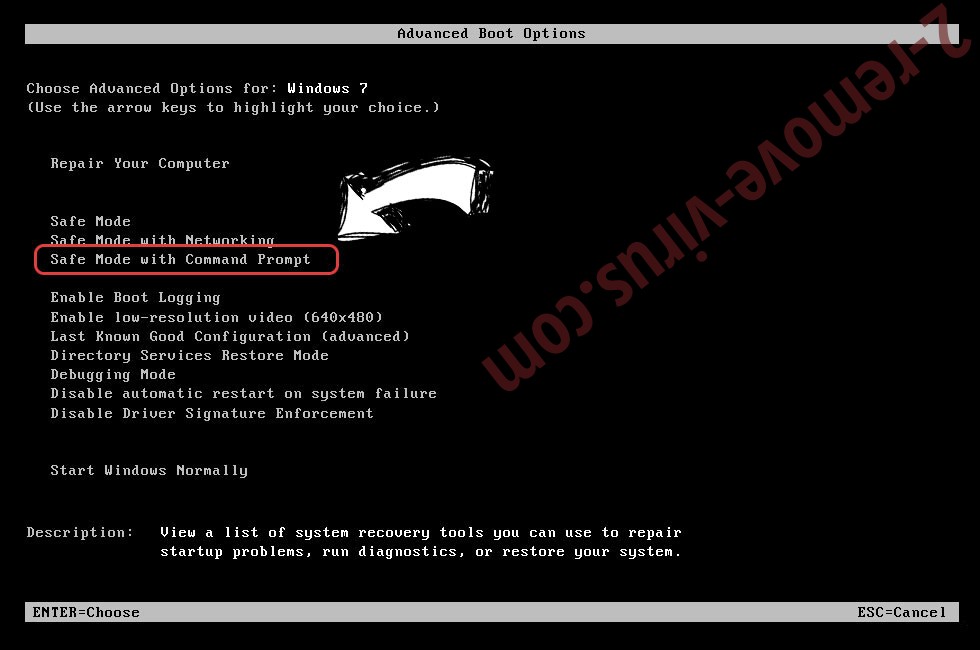
- Type in cd restore and tap Enter.

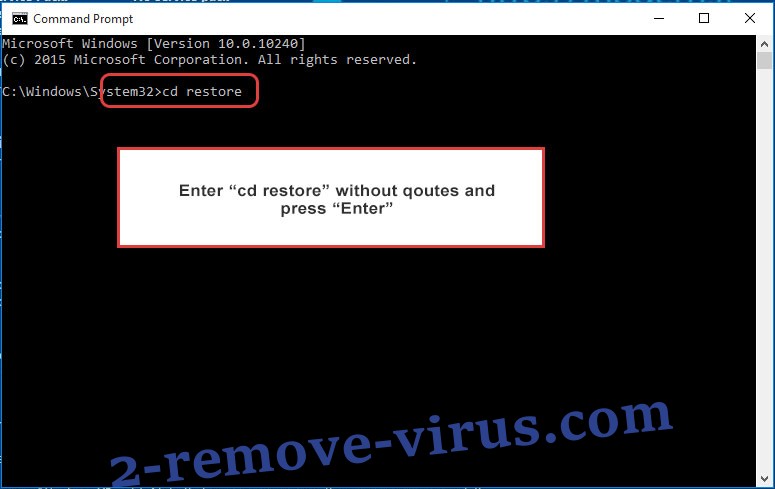
- Type in rstrui.exe and press Enter.

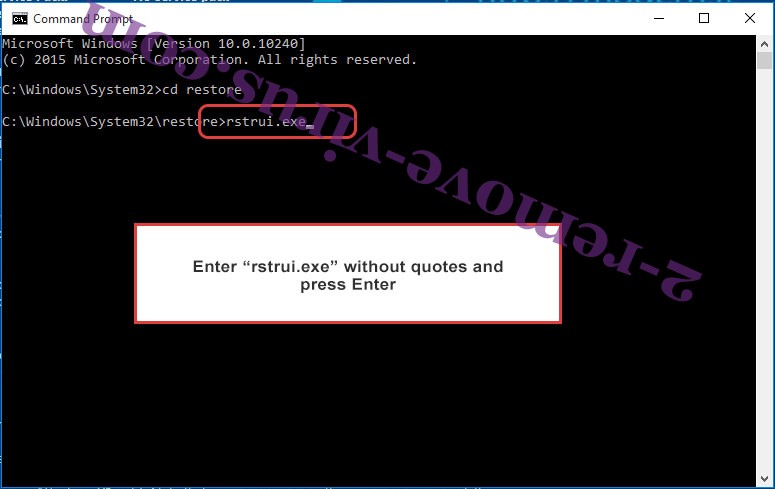
- Click Next in the new window and select the restore point prior to the infection.

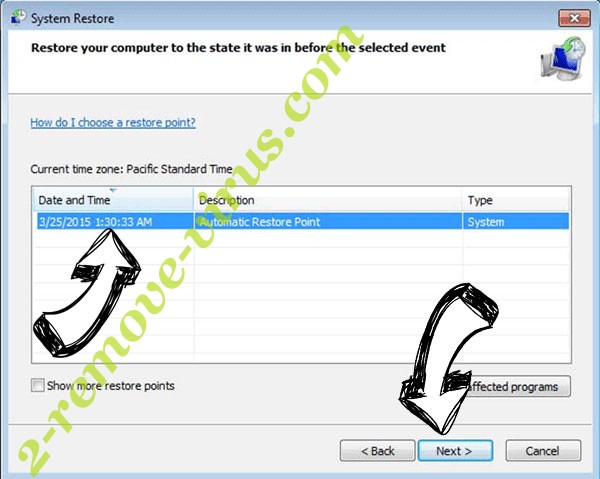
- Click Next again and click Yes to begin the system restore.

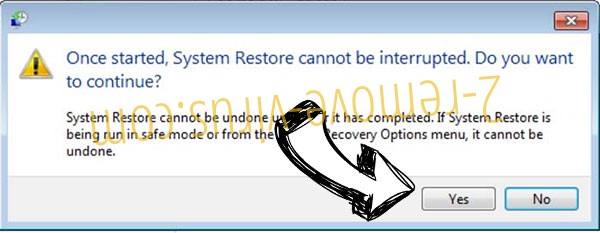
Delete Harward ransomware from Windows 8/Windows 10
- Click the Power button on the Windows login screen.
- Press and hold Shift and click Restart.


- Choose Troubleshoot and go to Advanced options.
- Select Command Prompt and click Restart.

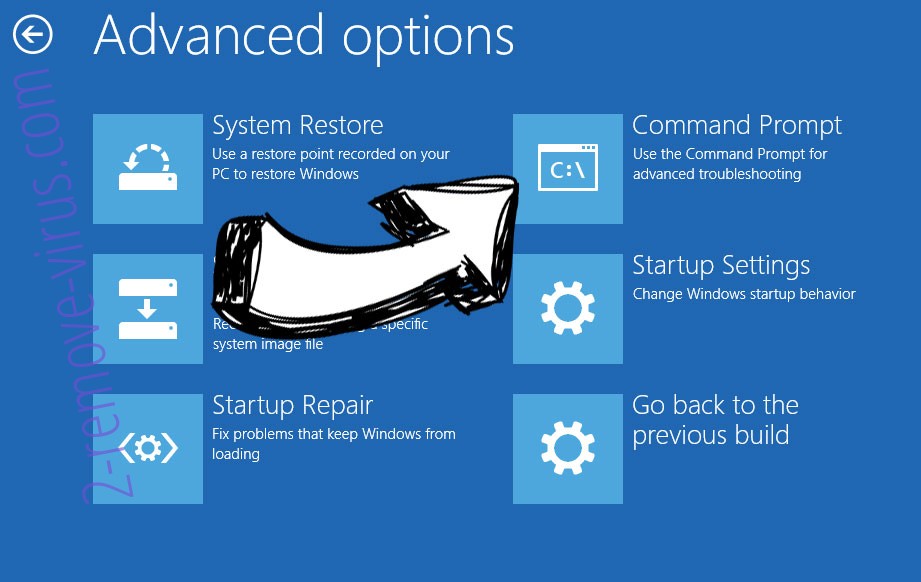
- In Command Prompt, input cd restore and tap Enter.


- Type in rstrui.exe and tap Enter again.


- Click Next in the new System Restore window.

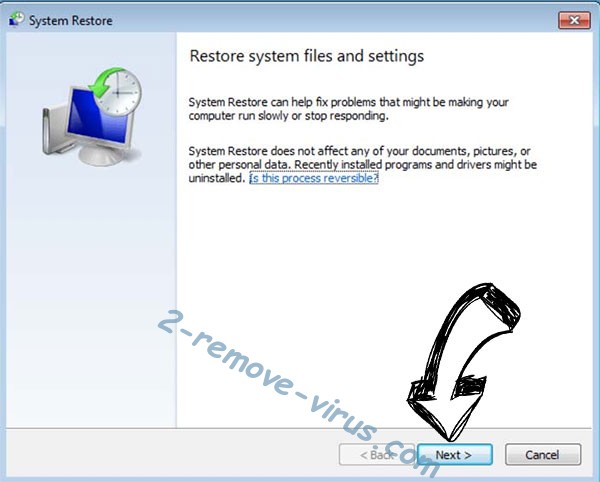
- Choose the restore point prior to the infection.


- Click Next and then click Yes to restore your system.


Site Disclaimer
2-remove-virus.com is not sponsored, owned, affiliated, or linked to malware developers or distributors that are referenced in this article. The article does not promote or endorse any type of malware. We aim at providing useful information that will help computer users to detect and eliminate the unwanted malicious programs from their computers. This can be done manually by following the instructions presented in the article or automatically by implementing the suggested anti-malware tools.
The article is only meant to be used for educational purposes. If you follow the instructions given in the article, you agree to be contracted by the disclaimer. We do not guarantee that the artcile will present you with a solution that removes the malign threats completely. Malware changes constantly, which is why, in some cases, it may be difficult to clean the computer fully by using only the manual removal instructions.
